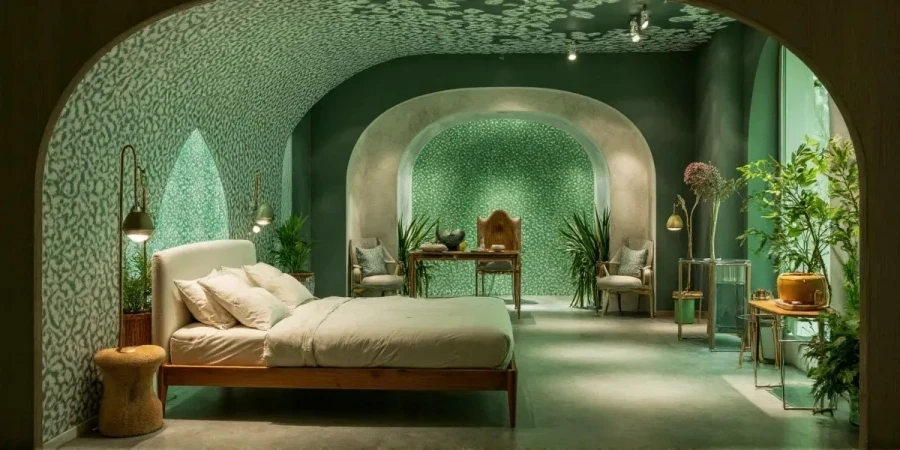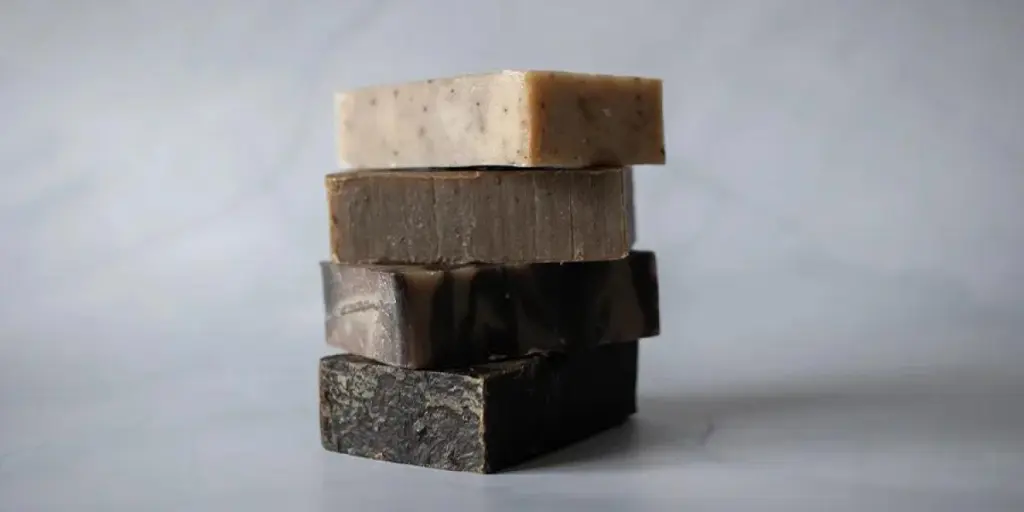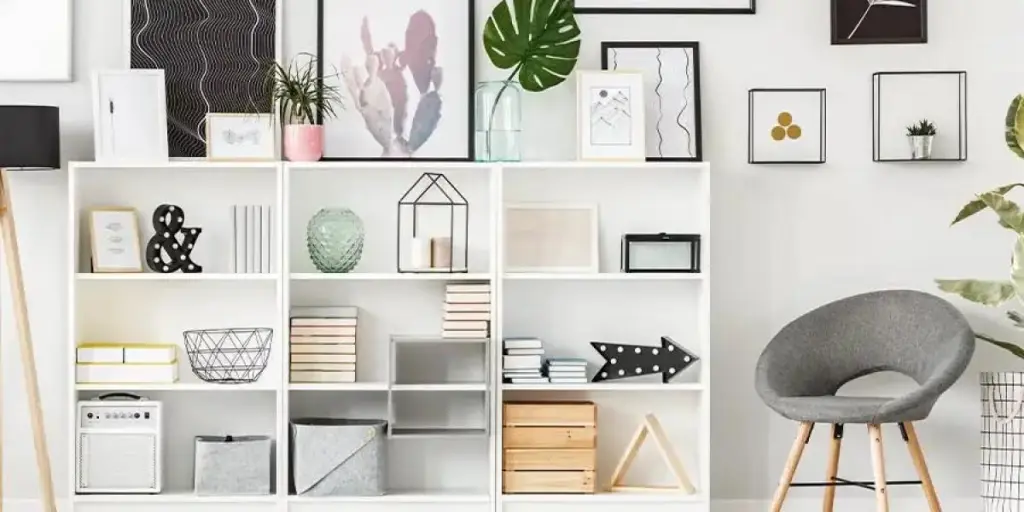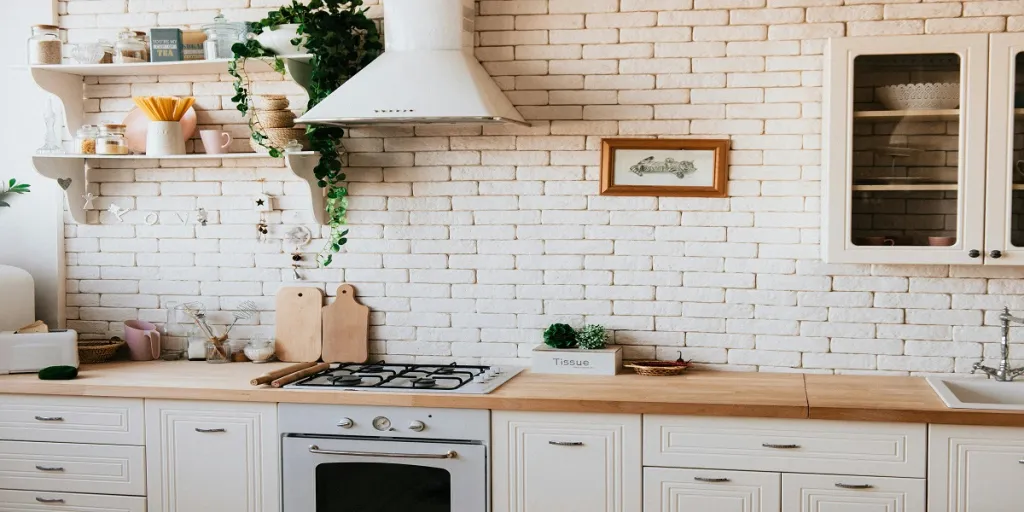Beneath the glass skyscrapers of Singapore’s Marina Bay, a paradox unfolds daily. Office workers photograph holographic mangroves projected onto concrete walls while ignoring the actual mangrove reserve ten blocks away. This disconnect epitomizes the Hothouse 2026 movement—a global design revolution where synthetic jungles outshine their organic counterparts, driven by humanity’s desperate grasp at vanishing ecosystems.
WGSN’s S/S 26 trend forecast reveals this isn’t mere aesthetics; it’s a psychological survival mechanism. As climate anxiety intensifies, consumers are turning to hyper-stylized tropical designs as both comfort and protest. But how do brands navigate this terrain without becoming architects of ecological denial?
Table of Contents
The Neuroscience of Artificial Edens
From Fruit Waste to Cultural Currency
Color Wars: Pantone’s Jungle Algorithms
Ethical Quicksand: Sustainability Theater
Profitability in the Synthetic Canopy
Conclusion: Cultivating Tomorrow’s Wilderness
The Neuroscience of Artificial Edens
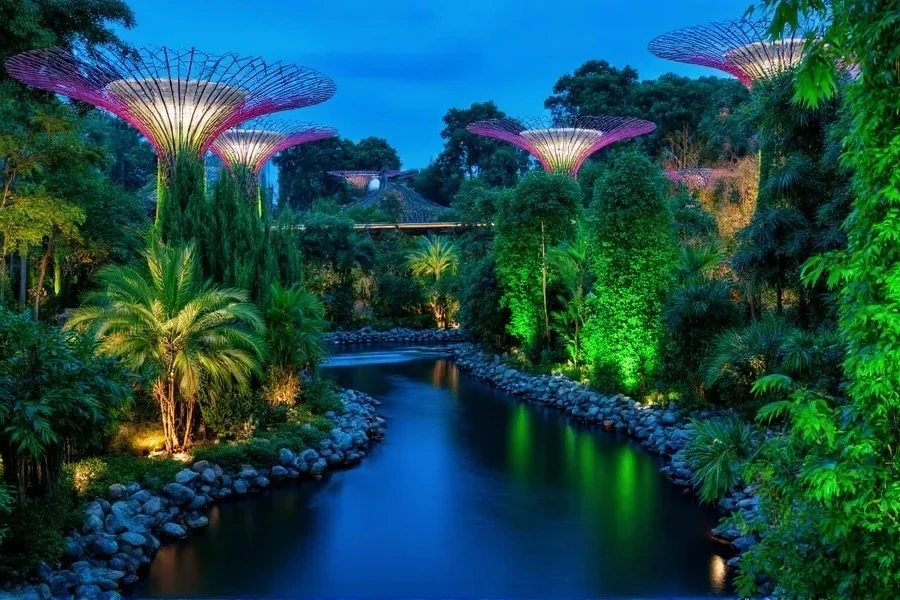
Recent breakthroughs in neuroaesthetics explain why a pixelated parrot soothes us more than a live bird. The University of Copenhagen’s 2025 study demonstrated that fractal patterns in digital palm fronds—those repeating geometric shapes mimicking natural growth—activate the brain’s default mode network 40% more effectively than unstructured greenery. This neural hijacking explains Target’s successful “Zen Checkout” experiment, where screens displaying algorithmically generated rainforests reduced perceived wait times by 22%.
Designers are weaponizing this science. West Elm’s “Canopy Bed,” etched with laser-generated fern fractals, now accounts for 18% of the brand’s premium sleep category sales. Meanwhile, neurobiologists warn of “simulation dependency”—a condition where users report dizziness when transitioning from virtual to real forests.
From Fruit Waste to Cultural Currency
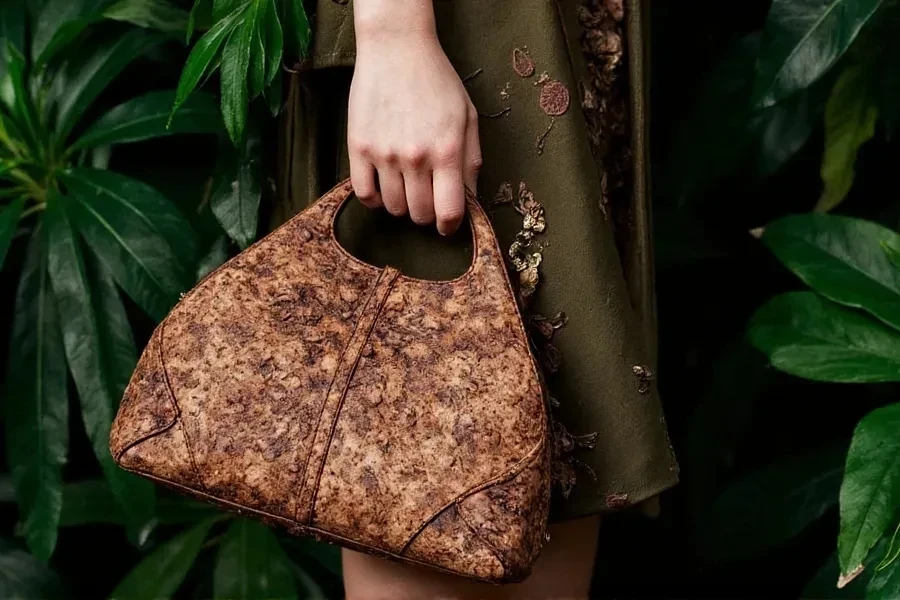
The Philippines’ Ananas Eco has turned pineapple agriculture’s byproduct into a $380 million industry. Their Piñatex 3.0 fabric, woven from 480 discarded pineapple leaves per square meter, outsold genuine leather in 2025’s luxury accessory market. H&M’s collaboration birthed the “Conscious Jungle” collection, where handbags mimicking magnolia bark texture sold out in 73 minutes despite a $299 price tag.
Material innovation now blurs biology and machinery. BASF’s JungleFlex polymer heals scratches using ambient humidity, while NASA-tested mycelium “Living Tiles” adorn Whole Foods’ 2026 spring campaign—each tile sprouting edible mushrooms after installation. Yet these advancements highlight a growing irony: we’re trading deforestation for factories producing artificial nature.
Color Wars: Pantone’s Jungle Algorithms
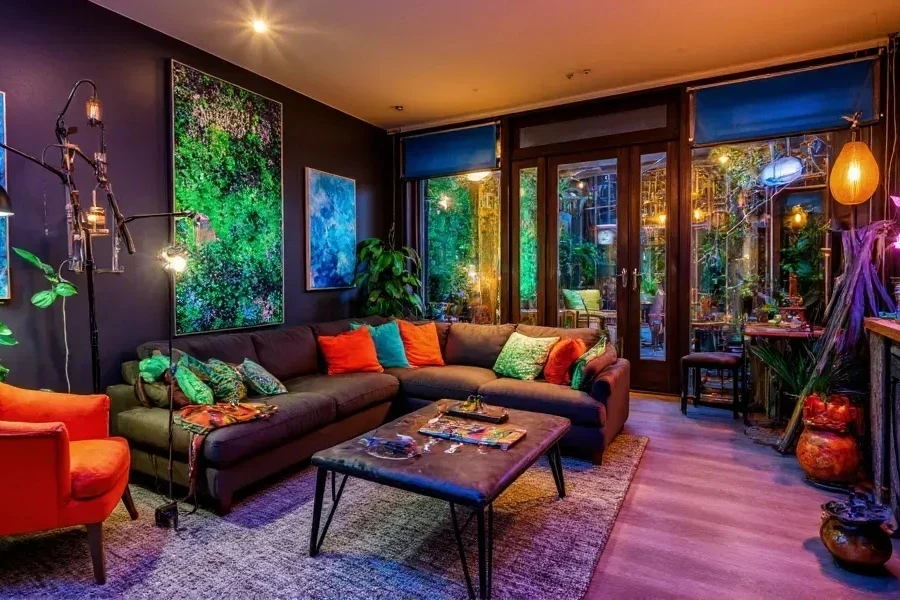
Pantone 19-5920 TCX (Primal Green) has become the defining shade of post-pandemic design, its market penetration leaping from 0.3% to 14.7% between 2019 and 2024. WGSN’s ColorStream AI traces this ascent to its paradoxical versatility: the hue reads as both lush and apocalyptic, resonating with Gen Z’s “optimistic nihilism.”
Winning palettes reveal cultural undercurrents. The “Cyber Safari” combo (Primal Green + Lava Red + Antique Gold) dominates gaming rig aesthetics, its high contrast reducing eye strain during marathon sessions. Conversely, the “Neo-Tiki” gradient—Sublime Green dissolving into Amber Haze—has become shorthand for luxury, adorning everything from swimsuits to electric yachts. Not all experiments succeed; Pantone’s Cobalt Canary flopped spectacularly, with 89% of focus groups rejecting it as “unnervingly avian.”
Ethical Quicksand: Sustainability Theater
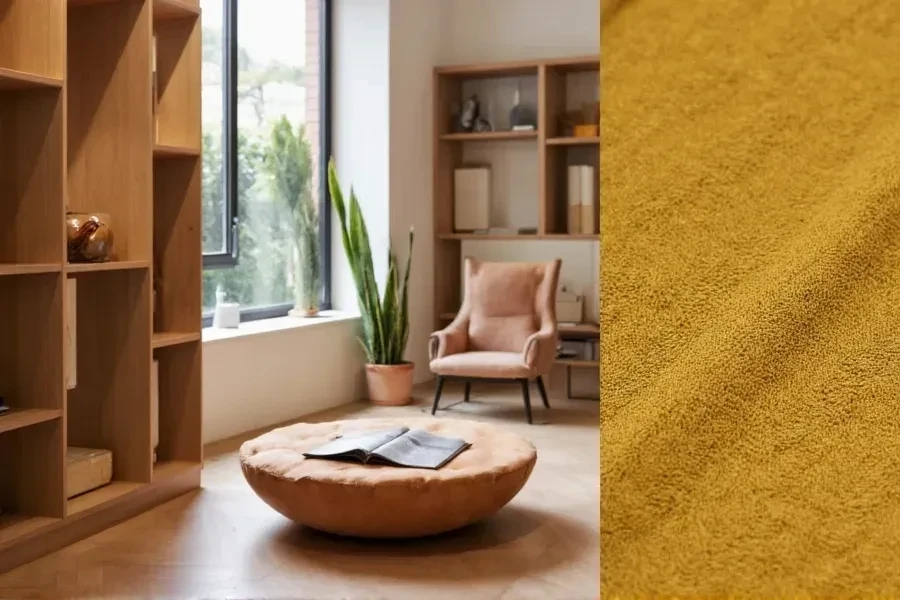
Fast fashion’s attempt to capitalize backfired spectacularly in 2025. Shein’s “TropiCore” line, marketed as “carbon-negative banana leaf fashion,” was exposed for using petroleum-based dyes with six times the footprint of organic alternatives. The ensuing #JungleOrJunk movement saw activists project deforestation statistics onto Shein’s AR palm tree displays—a wake-up call for greenwashing brands.
Emerging solutions prioritize radical transparency. Ralph Lauren’s “Verified Vines” program employs blockchain to trace every floral motif to regeneratively farmed sources. Meanwhile, Balenciaga’s digital collection allows users to “compost” virtual tropical outfits into NFT tree saplings, marrying crypto trends with reforestation pledges.
Profitability in the Synthetic Canopy
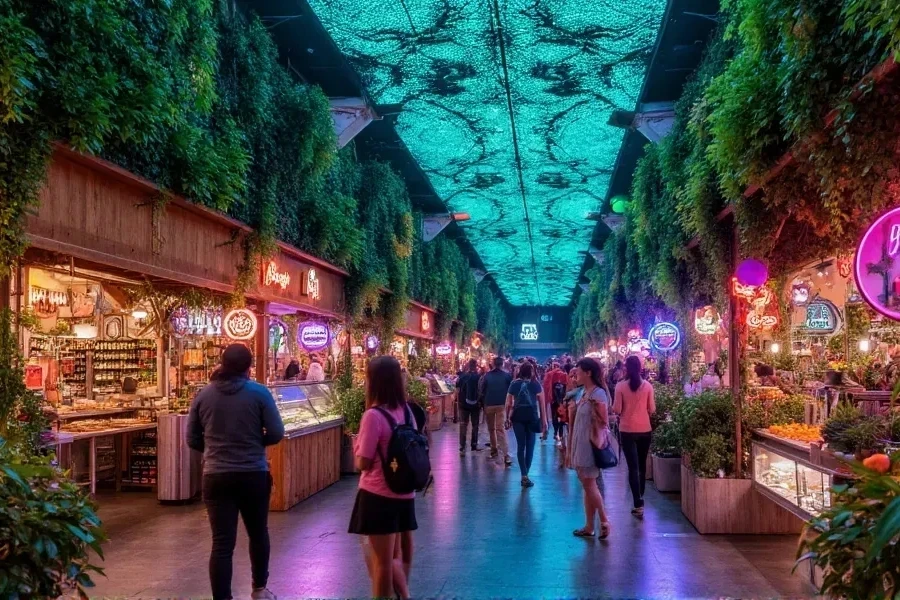
Five strategies separate thriving brands from those lost in the undergrowth:
- The Biomimicry Threshold: CB2’s “Mutant Palm” lamp—a fusion of coconut husks and chrome tentacles—exemplifies the 70/30 rule: 70% recognizable nature, 30% surreal mutation. This balance maximizes emotional resonance without triggering “uncanny valley” aversion.
- Climate-Adaptive Storytelling: Phoenix-based retailers now bundle drought-tolerant artificial ferns with solar misters, marketing them as “Heatwave Survival Kits.” Sales jumped 210% during 2025’s record-breaking temperatures.
- Cross-Pollination Commerce: Starbucks’ barista-terrarium workshops, developed with Instagram’s top plant influencers, transformed latte art into moss sculptures. Participants spent 43% more than cafe-only customers.
- Ephemeral Ecosystems: UK startup JungleBox disrupted traditional decor through rotating tropical subscriptions. For $99 monthly, subscribers receive physical items like bioplastic monstera leaves paired with AR animals that “evolve” weekly.
- Nostalgia Engineering: Millennial longing for 1990s cartoons birthed 2026’s top wallpaper pattern: distorted “Jungle Book” VHS tape glitches reinterpreted as abstract foliage.
Conclusion: Cultivating Tomorrow’s Wilderness
The Hothouse 2026 phenomenon holds a mirror to our fractured relationship with nature. We’re building digital biospheres not because we’ve abandoned hope for real ones, but because we’re terrified of losing them. As synthetic orchids bloom in apartments worldwide, they serve as both comfort and protest—a reminder that every 3D-printed leaf carries the ghost of a forest we might still save.
The question lingers: Will these technological ecosystems reconnect us with nature’s fragility, or numb us into complacency? The answer lies in designers’ hands—and the choices they cultivate.
